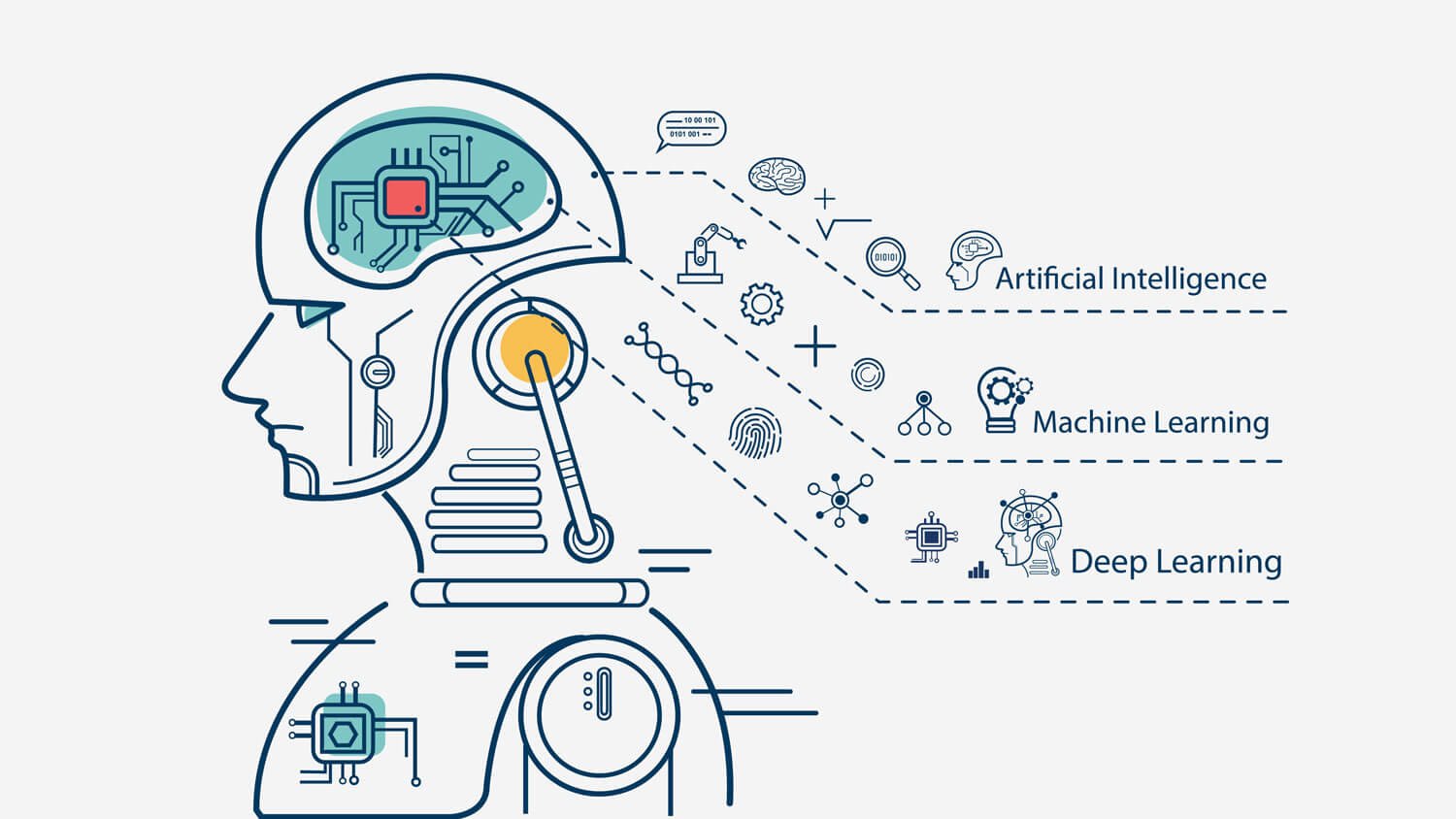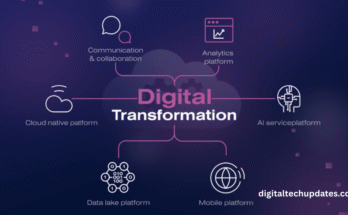What are the risks that we can find when integrating Artificial Intelligence and Machine Learning into our company? As these technologies change the software development lifecycle, new disciplines will need to come into play to support this process.
This is the case of MLOps, whose objective is to unify the development of ML systems and their deployment to standardize and optimize the continuous delivery of high-performance models that are in production. To do this, use the principles of DevOps.
Recapitulating everything we already know about ML, from previous articles, let’s remember that ML is still ascientific practiceand, as such, is not exempt from errors and uncertainty. Since the scientific method must be applied to develop ML, one way to proceed in AI is trial and error. In addition to this, the ML represents many other challenges. Let’s see them!
On the one hand, the part of the modeling that the data scientist develops is a very small part of the process. We must also worry about other aspects, for examplehow to obtain good quality data. Also, the world of ML is not just code. At a minimum it is a combination of data, model and code.
On the other hand, within the ML life cycle there are manyteams and professional profiles: business analysts, who define the business or product objectives and the points of interest to be taken into account; data engineers, who are responsible for obtaining and preparing the data; the data scientists, in charge of the architecture of the ML solutions and the development of models; software engineers, DevOps, auditors, and ML engineers.
Furthermore,the environment is continually changing; As Heraclitus said, the river is never the same, it is constantly changing. Similarly, a model created three years ago will need adata review to adjustit to the current times. Not to mention that the models must be adapted to the needs of the business which, of course, is subject to change.
Thus, we arrive at the reproducibilityprinciple . If everything changes, we should be able to reproduce the tests we did at the time. For that, the entire ML process must be well documented.
We must not forget the numerousethical aspects that we must take care of. To avoid episodes like the Tay chatbot, models should be trained with a representative population sample to avoid racial or other biases. The ethical principles that technology creators must take care of include ensuring that the AI is human-centered, that it pays attention to vulnerable groups, that it respects fundamental rights, that it works with transparency, that it is technically robust and reliable, and that it does not must restrict human freedom.
Finally, when it comes to putting an ML model into practice,we can choose various developmentand implementation paths: AutoML, hand-made, AI service.
Therefore, as we have seen, everything that involves creating software implies the appearance of problems that we will have to solve. How do we solve all these challenges? The best solution is MLOps.Since these practices are based on DevOps, let’s first see what this Development Operationsacronym refers to .
What is DevOps?
We know DevOps as the set of practices that bring together software development and IT operations. The goal of DevOps is tostreamline the software development life cyclewhile maintaining high-quality standards. These practicesinfluence the life cycle of applications throughout the different phases: planning, development, delivery and use. Since each phase depends on the others and the others are not role-specific, all roles are involved in one way or another in all phases. Thus, DevOps brings developers and operations teams together.
Some of the tools used to develop DevOps are: Git, Docker, Jenkins, among many others.
What is MLOps?
MLOps, orMachine Learning Operations, is an extension of the DevOps methodology that seeks to include machine learning and data science processes in the development and operations chain to make ML development more reliable and productive. They are the best practices for companies to run AI successfully with the help of a wide variety of software products and cloud services.
We can also define MLOps as an entireinfrastructure that supports a continuous learning system—based on a branch of AI, ML— that is used with various processes and methods. It requires expert professionals and specific tools and covers three key aspects of ML: design, training and deployment. Now, why do we need to implement MLOps in companies, because of the large amount of data that is handled and the complications that these generate.
What is the goal of MLOps?
The objective of MLOps is to develop, train and deploy ML models with automated procedures that integrate the Data, developers, security and infrastructure teams.
With MLOps it is achieved:
- Deploy models faster thanks to automated processes.
- Accelerate time to value with fast model delivery
- Optimize productivity by collaborating and reusing models.
- Reduce the risk of wasting time and money on models that are not produced.
Continuously monitor and update models as data changes and evolves over time.
Why is it important to apply MLOps?
We live in a data-driven world. Thus, MLOps models are important because they are vital tospeed up the maturation process of AI and ML projectswithin an organization.
ML models are continually updated and maintained. Therefore, it is necessary to join efforts so that the time and work dedicated to the deployment and maintenance of these models is reduced as much as possible.
Before finishing this article, and by way of conclusion, let’s remember the three key points of MLOps:
- It encompasses a set of best practices that help companies successfully incorporate ML.
- It tries to address the disconnect between written code and the real-world data that is needed. By doing this, MLOps improves the efficiency of machine learning release cycles.
- Its deployment can be complex since it depends on the contributions of different parties involved in the process. Therefore, investing in the right infrastructure and focusing on automation are also key.




